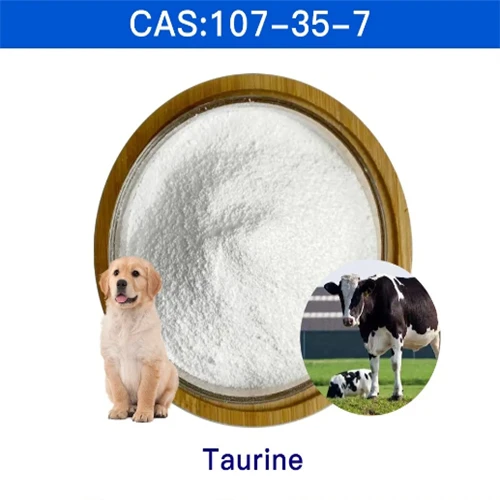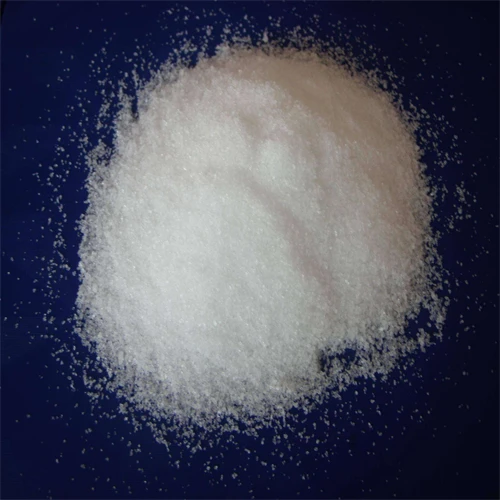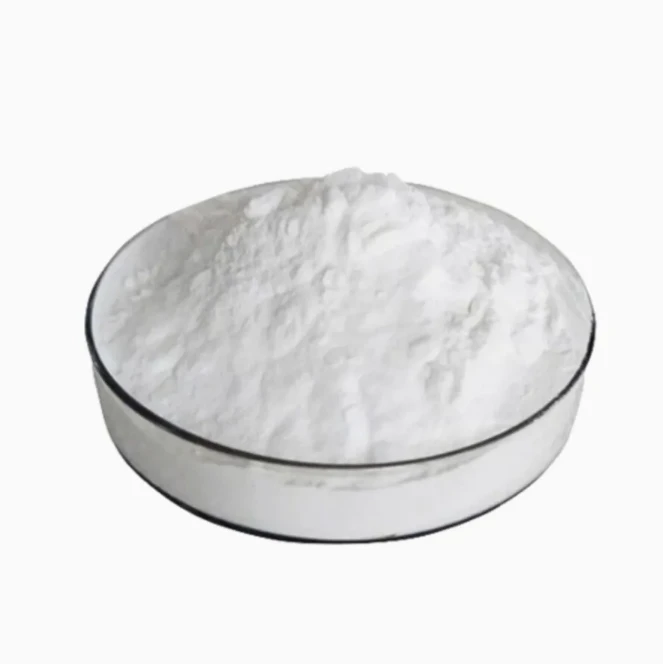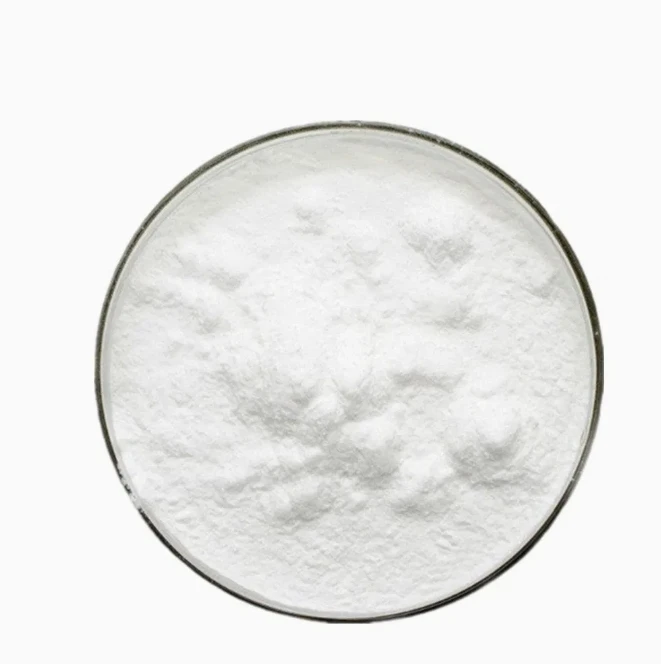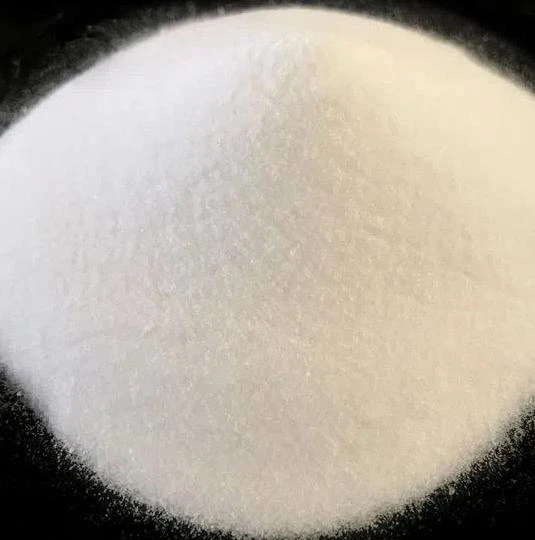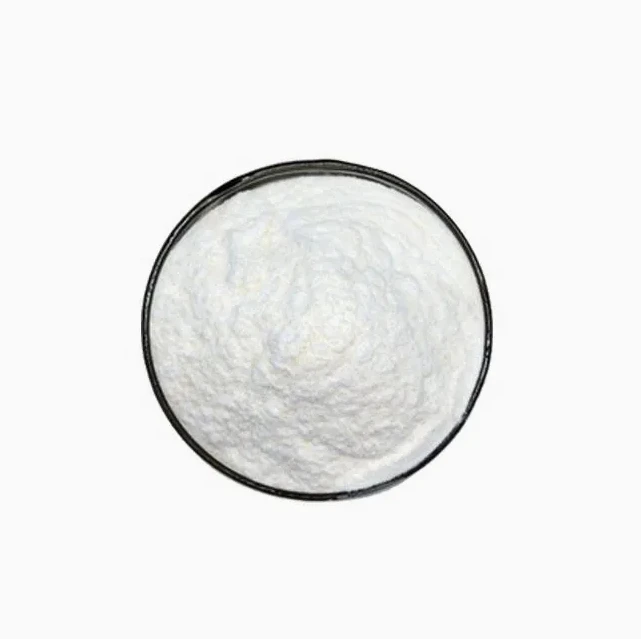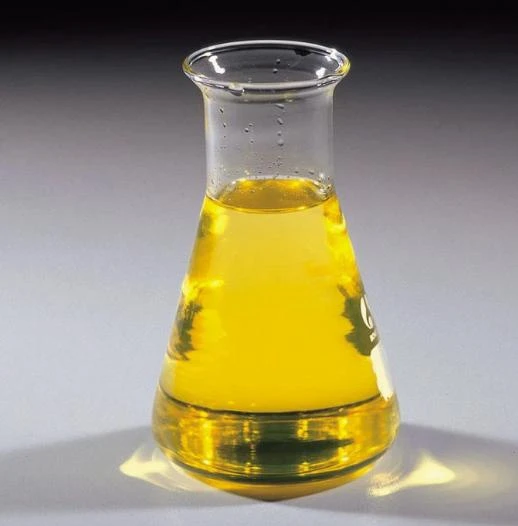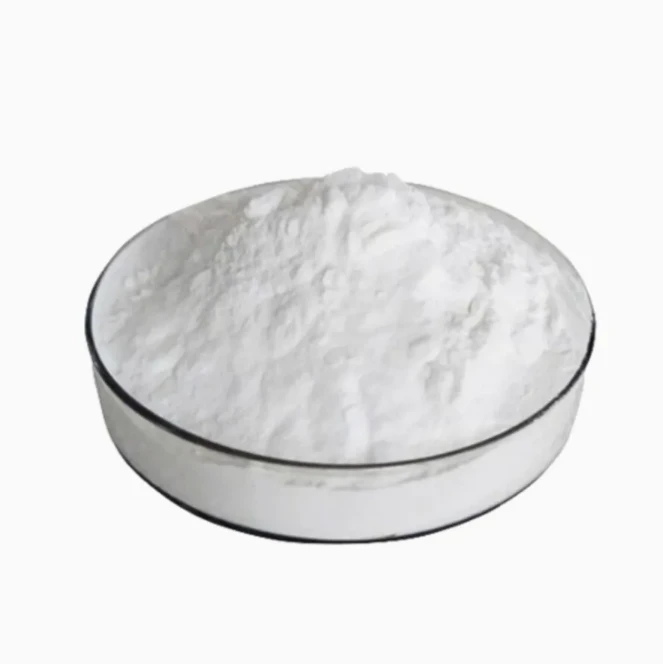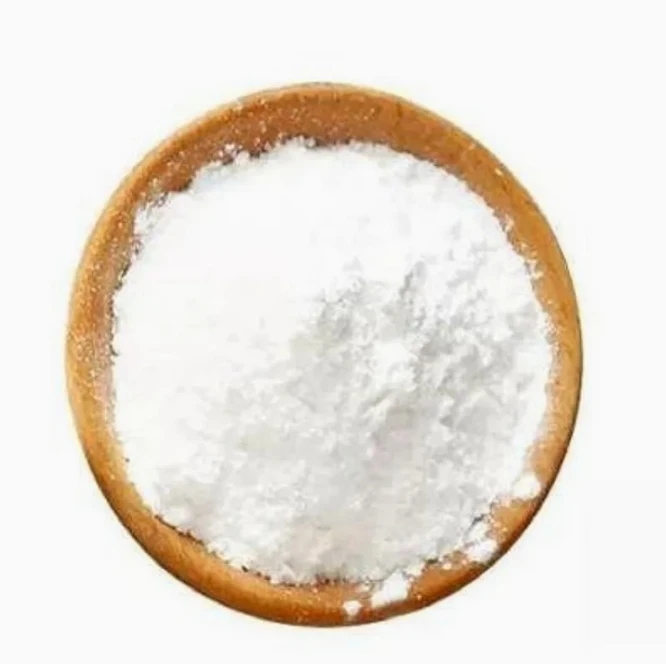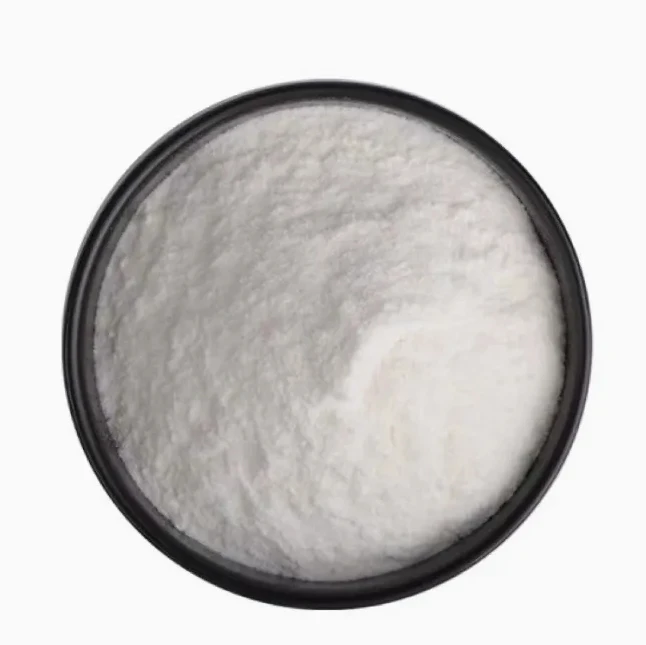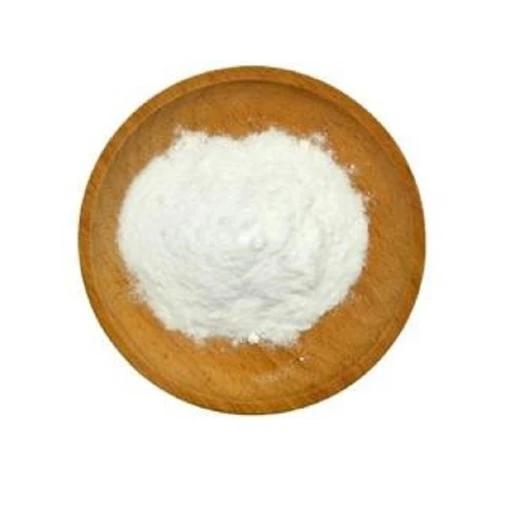 Lengolo-tsoibila: sale@hebeidisha.com
Lengolo-tsoibila: sale@hebeidisha.com
 Mohala: +86 13315186550
Mohala: +86 13315186550
- Moafrika
- Sealbania
- Seamharic
- Searabia
- Searmenia
- Se-Azerbaijani
- Sebasque
- Sebelarusia
- Benghali
- Sebosnia
- Se-Bulgaria
- Secatalan
- Sebuano
- China
- China (Taiwan)
- Corsican
- Secroatia
- Czech
- Sedanishe
- Se-Dutch
- Senyesemane
- Esperanto
- Seestonia
- Sefinnishe
- Sefora
- Sefrisia
- Segalician
- Segeorgia
- Sejeremane
- Segerike
- Segujarati
- Secreole sa Haiti
- hausa
- siwaiian
- Seheberu
- Che
- Miao
- Se-Hungary
- Seiceland
- igbo
- Seindonesia
- irish
- Setaliana
- Sejapane
- Se-Javanese
- Kannada
- kazakh
- Khmer
- Rwanda
- Sekorea
- Sekurdish
- Sekyrgyz
- Lefuba
- Selatine
- Selatvia
- Selithuania
- Se-Luxembourgish
- Semacedonia
- Malgashi
- Semalay
- Semalayalam
- Semalta
- Semaori
- Marathi
- Mongolian
- Myanmar
- tsa Nepali
- Norwegian
- Norwegian
- Occitan
- Sepashto
- Sepersia
- Sepolishe
- Sepotoketsi
- Sepunjabi
- Seromania
- Serussia
- Sesamoa
- Segaeli sa Scotland
- Seserbia
- Senyesemane
- Seshona
- Sindhi
- Sesinhala
- Seslovak
- Seslovenia
- Somalia
- Sepanish
- Sesundanese
- Seswahili
- Seswedishe
- Setagalog
- Se-Tajik
- Setamil
- Setatare
- Setelugu
- Sethai
- Se-Turkey
- Turkmen
- Seukraine
- Seurdu
- Uighur
- Seuzbek
- Sevietnam
- Welsh
- Thusa
- Yiddish
- Yoruba
- Sezulu
Taurine
Taurine is an amino acid converted from sulfur-containing amino acids, also known as taurine, taurocholic acid, taurocholine, and taurobilin. Taurine is widely distributed in various tissues and organs in the body, and mainly exists in the free state in the interstitial fluid and intracellular fluid. It was first found in bull bile and got its name, but it has long been considered as a non-functional metabolite of sulfur-containing amino acids. Taurine is a sulfur-containing amino acid found in animals, but it is not a component of protein. Taurine is widely distributed in human and animal brain, heart, liver, kidney, ovary, uterus, skeletal muscle, blood, saliva and milk in the form of free amino acids, with the highest concentration in pineal gland, retina, pituitary gland, adrenal gland and other tissues. In mammalian hearts, free taurine makes up as much as 50% of the total free amino acids.
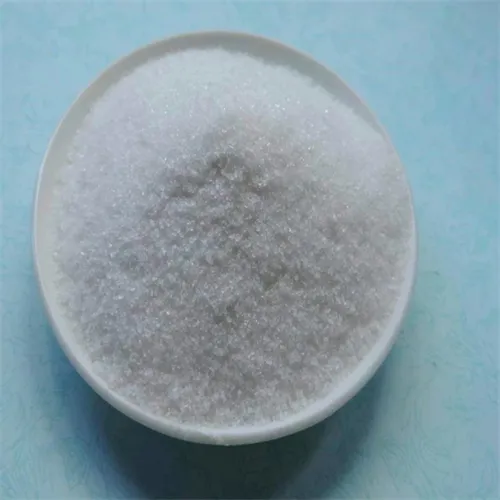



Taurine is an organic permeable regulatory substance that not only regulates cell volume, but also provides the basis for bile salt formation and plays an important role in the modulation of intracellular free calcium concentration. Although taurine is a special amino acid that is not included in proteins, it is the most abundant amino acid in the brain, retina, and muscle tissue. Taurine is widely used, such as in the function of the central nervous system, cell protection, cardiomyopathy, renal insufficiency, renal dysplasia and retinal nerve damage. Taurine is found in almost all eye tissues. Quantitative analysis of rat eye tissue extract showed that taurine was the most abundant amino acid in retina, vitreous body, lens, cornea, iris and ciliary body. Many studies have found that taurine is an active substance that regulates normal physiological activities of the body, It has a wide range of biological functions, such as anti-inflammatory, analgesic, maintaining osmolal pressure balance, maintaining normal visual function, regulating cellular calcium balance, lowering blood sugar, regulating nerve conduction, participating in endocrine activities, regulating lipid digestion and absorption, increasing cardiac contractility, improving the body's immune capacity, enhancing the antioxidant capacity of cell membrane, protecting cardiomyocytes and so on.
It can be widely used in medicine, food additives, fluorescent whitening agent, organic synthesis and other fields, and can also be used as biochemical reagent, wetting agent, pH buffer and so on.
Re na le lifeme tse ngata tsa boleng bo holimo tse nang le tšebelisano e tebileng, tse ka u fang lihlahisoa tsa boleng bo holimo le litheko tsa tlholisano. Hape re ka fana ka litheolelo bakeng sa ho reka ka bongata.'Me re sebelisana le lik'hamphani tse ngata tsa litsebi tse tsamaisang thepa, li ka isa lihlahisoa ka mokhoa o sireletsehileng le ka thelelo matsohong a hau. Nako ea ho fana e ka ba matsatsi a 3-20 ka mor'a hore ho netefatsoe tefo.
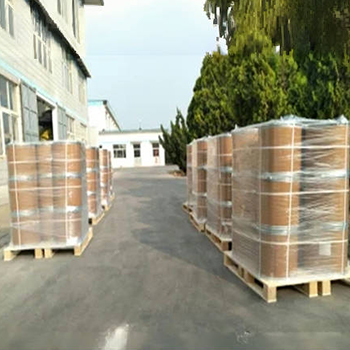
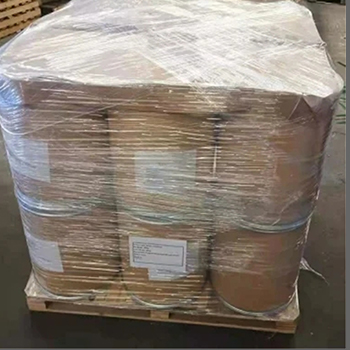




1. Na u feme kapa k'hamphani ea khoebo?
Re komnay e kopanyang indasteri le khoebo, ho fana ka ts'ebeletso e le 'ngoe.OEM e ka amoheloa.
2. O fana ka mehlala? Na ke mahala kapa ho feta?
Mehlala ea mahala. Tefiso ea thepa ea sampole e hloka ho lefuoa ka lehlakore la hau.
3. O na le litifikeiti tse amanang le taolo ea boleng?
Setifikeiti sa ISO 9001:2008 ho netefatsa boleng.
4. Ke fane ka eng ho fumana khotheishene?
Pls re tsebise ka mofuta oa sehlahisoa seo u se hlokang, bongata ba odara, aterese le litlhoko tse ikhethileng. Khotheishene e tla etsoa bakeng sa referense ea hau ka nako.
5. U khetha mofuta ofe oa mokhoa oa ho lefa? Ke mantsoe a mofuta ofe a amoheloang?
Melao e Amoheletsoeng ea Thomello: FOB,CFR,CIF,EXW;
Chelete ea Tefo e Amoheletsoeng: USD;
Mofuta oa Tefo o Amoheletsoeng: T/T, Western Union; Paypal, Tiisetso ea Khoebo.
Puo e Builoeng: Senyesemane.
Lihlopha tsa lihlahisoa
